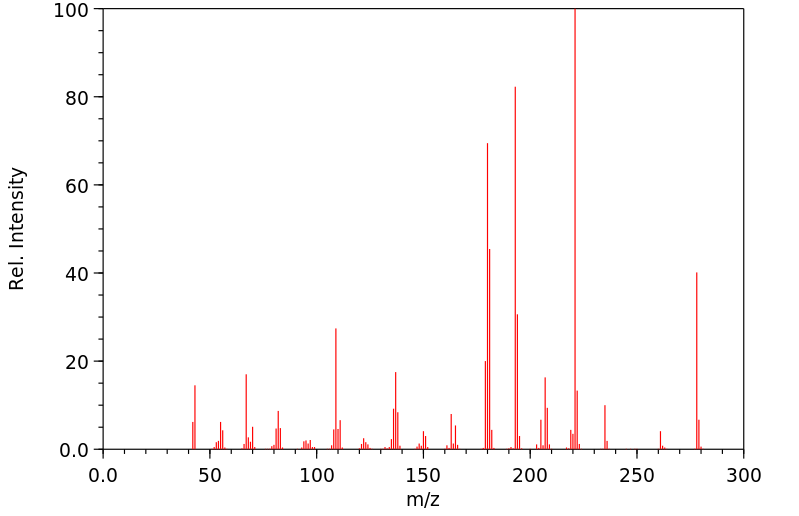代谢
戊脉安(PTX)的代谢过程尚未完全理解。已知的代谢产物有七种(M1至M7),但在血浆中能检测到较高水平的只有M1、M4和M5,它们的一般模式为M5 > M1 > PTX > M4。由于PTX的表观清除率高于肝血流量,且M1与PTX的AUC比值在肝硬化患者中并未显著不同,这表明红细胞是PTX-M1相互转化的主要场所。然而,这一反应也可能在肝脏中进行。PTX在NADPH依赖的方式下被一种未知的羰基还原酶还原,形成[lisofylline](即(R)-M1对映体)或(S)-M1;该反应具有立体选择性,在肝脏细胞质中仅产生(S)-M1,在肝脏微粒体中产生85%(S)-M1,人类经静脉或口服给药后R:S-M1的比例为0.010-0.025。尽管(R)-和(S)-M1都可以被氧化回PTX,但(R)-M1还可以在肝脏微粒体中生成M2和M3。体外研究表明,CYP1A2至少部分负责将[lisofylline] ((R)-M1)重新转化为PTX。与PTX及其M1代谢产物的可逆氧化/还原不同,M4和M5是通过肝脏中对PTX的不可逆氧化形成的。在模拟PTX-西普罗氟沙星药物反应的小鼠研究中,表明CYP1A2负责从PTX形成M6以及从M1形成M7,这两个过程都是通过在第7位进行去甲基化。总的来说,在哺乳动物中,M2、M3和M6的形成水平非常低。
Pentoxifylline (PTX) metabolism is incompletely understood. There are seven known metabolites (M1 through M7), although only M1, M4, and M5 are detected in plasma at appreciable levels, following the general pattern M5 > M1 > PTX > M4. As PTX apparent clearance is higher than hepatic blood flow and the AUC ratio of M1 to PTX is not appreciably different in cirrhotic patients, it is clear that erythrocytes are the main site of PTX-M1 interconversion. However, the reaction likely occurs in the liver as well. PTX is reduced in an NADPH-dependent manner by unknown an unidentified carbonyl reductase to form either [lisofylline] (the (R)-M1 enantiomer) or (S)-M1; the reaction is stereoselective, producing (S)-M1 exclusively in liver cytosol, 85% (S)-M1 in liver microsomes, and a ratio of 0.010-0.025 R:S-M1 after IV or oral dosing in humans. Although both (R)- and (S)-M1 can be oxidized back into PTX, (R)-M1 can also give rise to M2 and M3 in liver microsomes. _In vitro_ studies suggest that CYP1A2 is at least partly responsible for the conversion of [lisofylline] ((R)-M1) back into PTX. Unlike the reversible oxidation/reduction of PTX and its M1 metabolites, M4 and M5 are formed via irreversible oxidation of PTX in the liver. Studies in mice recapitulating the PTX-ciprofloxacin drug reaction suggest that CYP1A2 is responsible for the formation of M6 from PTX and of M7 from M1, both through de-methylation at position 7. In general, metabolites M2, M3, and M6 are formed at very low levels in mammals.
来源:DrugBank







